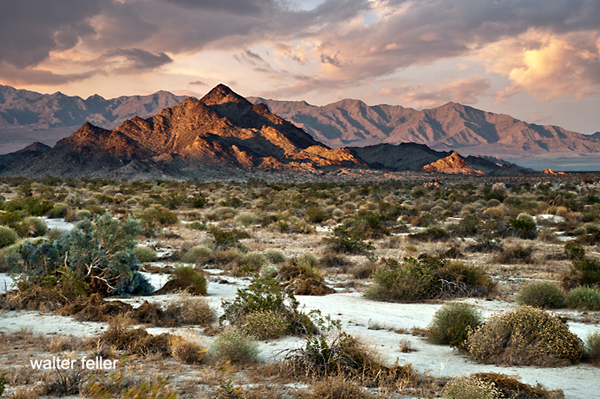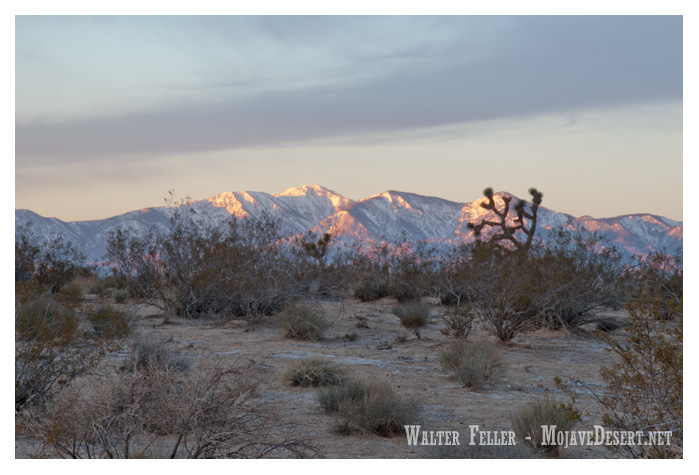
mojavedesert.net › mining-history › overview
The Southern Pacific. The Southern Pacific began construction at Mojave in February 1882 of a new line to Needles, on the Colorado River. The destination was …

mojavedesert.net › railroads › southern-pacific-railroad
Historic RR Chronology … That railroad was never built, but the Southern Pacific constructed a line through the desert in 1882-83 from Mojave to Needles, …
The Southern Pacific and later Santa Fe transcontinental route

mojavedesert.net › railroads › railroads-021
In taking over this Southern Pacific line, especially the part between Needles and Barstow, the Santa Fe System achieved ownership of a transcontinental …

Southern Pacific Railroad – Jawbone
mojavedesert.net › railroads › jawbone
Jawbone branch of the Southern Pacific Railroad of the Mojave Desert.

digital-desert.com › lancaster-ca
Lancaster, California. The Beginning. The Southern Pacific Railroad built a line from San Francisco to Los Angeles which was completed in 1876. Along the line …
Chronology/Timeline of Railroads of the Mojave Desert

mojavedesert.net › railroads › chronology
Mojave Desert Historic Railroad Chronology · 1876 – 1915 · 1881 Southern Pacific – Mojave – Calico Station (Daggett) · 1883 Atlantic & Pacific builds to Kingman

mojavedesert.net › railroads › california-southern
Notes asnd links regarding the California Southern Railway in the Cajon Pass to Barstow in 1887 – Mojave Desert.
Railroads in the Mojave (San Bernardino County)

mojavedesert.net › railroads › railroad-history03
The First Railroads. The Southern Pacific. The first western railroad project was put forth in 1835, when a line starting from Lake Michigan and extending …

Railroads of the Mojave Desert
mojavedesert.net › railroads
Atlantic & Pacific Railroad · Bullfrog Goldfield · Barnwell Searchlight · California Eastern Railroad/Railway · California Southern Railway · Carson and Colorado …

mojavedesert.net › railroads › carson-and-colorado
… Southern Pacific’s narrow gauge subsidiary, the Nevada and California Railroad. … In the early 20th century, it o

